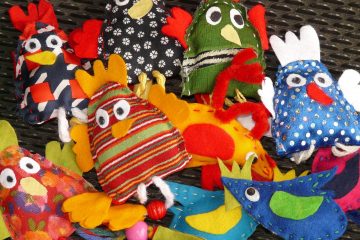Every once in a while in my class we took a few days to explore a particular grammar point, because let’s face it – sometimes it’s useful to sit down and examine something quickly so we can move on to the real communicative stuff and maybe put it into practice faster than we would have otherwise. Past participles is one of those for me. I don’t know about you, but with most of my students it was useless to call something a “past participle” because 1) they don’t know for sure what that is in English and 2) what does it tell you about how to use it anyway? So these became ado/ido words, ways a verb can describe, or talking about what has/had happened. If you explore these in your class, here are a few tips I’ve learned:
- Don’t belabor explanations. Get to the exploring fast. Seeing something in use is more powerful than any explanation.
- Explore using authentic content, especially the news, where these participles crop up most frequently.
- Explore all the uses together – separating them only confuses learners. Continual harping on the three ways they’re used (with have/has, with a “am/is/etc”, or as a pure descriptor) was very helpful for my students.
- And, of course, use songs:
Mi historia entre tus dedos, a dark song with lots of haber + past participles – I like the Gianluca Grignani version but it’s been redone a dozen times
Sueños rotos by Natalia Jimenez’s off-and-on group La Quinta Estación, for several uses of the past participle as an adjective
No ha parado de llover by the classic Mexican rock band Maná, which includes se ha puesto, está nublada, no ha parado, un perro herido, and se me ha inundado within the first verse and chorus.
To get students past the grammar and using these communicatively, work on news reporting. Let students come up with a sensational event and create a newscast in which each student takes a particular role. Last year, my students decided there had been an earthquake at the school and the main building had collapsed, and one of the boys had saved my baby from the library, where she had been abandoned by her babysitter. Each student played the role of a victim, eyewitness, or reporter.
Also, you can give students conversation cue cards intended to mix this production with past narration, such as:
- What’s the most fun thing you have done this year?
- Who is someone you have met this year? How did you meet?
- What have you done in your hardest class this year?
- What have you done with your favorite hobby this year?
- Are you on a sports team this year? How has the team performed?
As usual, remember, if you’re going to pause for the grammar, make it quick and make it count for communicative competence as soon as possible.



